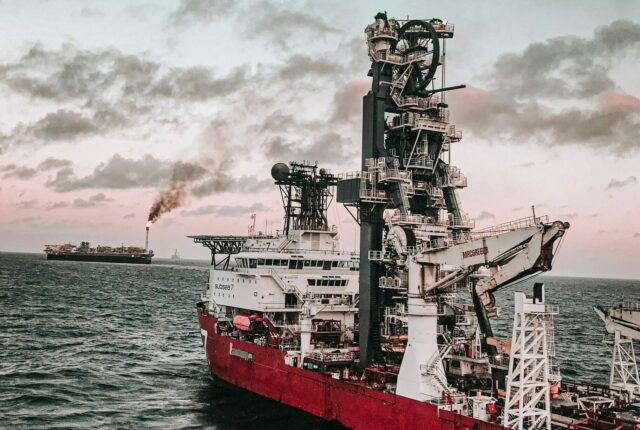
Is Emissions Tracking & Reporting in the Shipping Industry Manageable?
The world is warming up sufficiently and there is no doubt that it’s time to act now. Political powers discuss the issue widely and communicate climate changes to the public on a regular basis. However, do people really understand what can be done to reduce and/or offset?
From the regulatory perspective point of view, the International Maritime Organization has brought in targets to cut emissions by 50% by 2050. Besides, with the introduction of the Poseidon Principles and Sea Cargo Charter, the regulatory landscape for the shipowners is changing as they have to report how much emissions they are creating. Shipowners who are aware of the changes and can manage to report their emissions will have a huge commercial advantage over those who will be catching up with the leaders.
The ability to measure the amount of carbon dioxide (CO2) produced by each vessel has traditionally been calculated after the event, therefore if the ship has reached its emission target, then it is too late to do anything to fix it. Currently, if such emissions reporting is being done at all, the user will have to browse through multiple reports, input info to a spreadsheet or a system, and then process the data manually. Such a time-consuming process, which requires much effort, is not what business owners expect in the digital era.
Vasco Systems has developed a SaaS solution, which not only manages the day-to-day voyages and movements but also enables the shipowners the ability to view their CO2 emissions before, during and after the voyages, and empowers them to take the appropriate action in reducing CO2 output and meet the IMO targets. Moreover, when targeting CO2 output production, it also means reducing fuel usage, so the shipowners will benefit from reducing total costs.
The maritime system has been designed to allow the users to create the necessary reporting documentation handy without changing their current systems. Vasco software can be used as a plugin with drag and drop functionality, so there will be limited change management.
Each vessel has its own fuel profile, therefore fuel agnostic, and the system will then calculate the forward consumption and convert it into emissions measurements. The Shipowner can either pass on accountability for the emissions reporting onto the charterer or take care of the emissions themselves, therefore creating a green voyage. Having the ability to offset emissions allows the users to become carbon neutral before a MT of fuel has been burned ahead of time.
Maritime software with its integrated emissions module allows Shipowners to act now. With more trading companies now buying and selling carbon offset cargoes, having such software functionality will surely become more common.




Leave a Reply